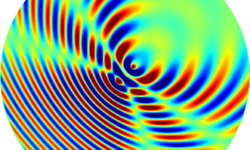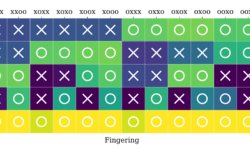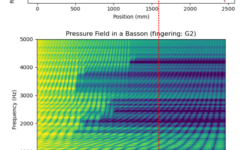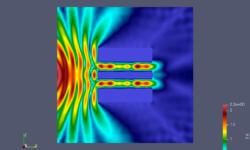Research topics
Here are presented some recent results and subjects studied by the team. They can be grouped by field of application:
They can also be grouped following the methodology used:
You can also consult all the topics related to a specific open software or a specific collaborative project.








